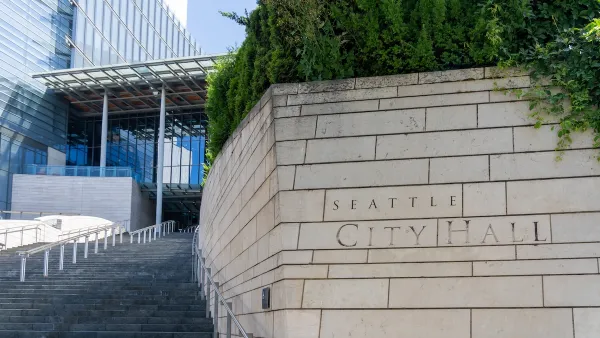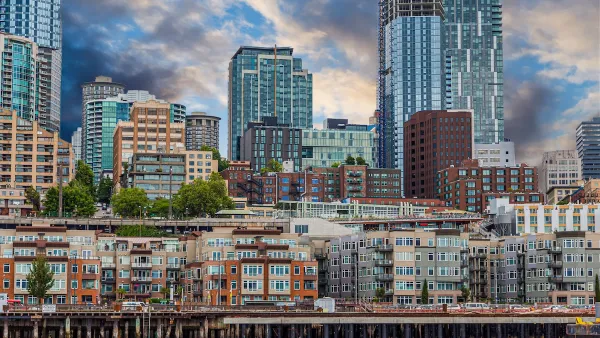Living arrangements designed to encourage social interaction and provide shared facilities can lower the cost of living and build more friendly, supportive neighborhoods.

In a piece for Strong Towns, Emma Avery describes the potential of ‘cohousing:’ housing arrangements with shared amenities that bring down housing costs for residents and create more opportunities for social interactions.
Residents of cohousing projects, Avery explains, “own their private units, but share extensive common spaces. They commit to regular community activities, like meals, and manage the building together.”
Avery highlights an example from Vancouver, where a group of residents joined with a local developer to build their dream communal community. “Over several years, Happy Cities worked with Our Urban Village (formerly called Tomo House) and the design team to help create a super social building — and then to measure whether residents really did feel more connected after moving into their new home.” Results from resident surveys showed a dramatic reduction in loneliness and isolation and an increase in social connections between neighbors.
Noting the barriers to building this type of housing model, Avery argues that cities should make it easier to develop cohousing. “This means offering public land for affordable, socially connected housing; legalizing more density citywide; providing incentives to encourage social design features and offset the costs; and more.” Bringing social connection back into housing developments and neighborhoods can create more sustainable development patterns, help address the housing crisis, and alleviate the growing ‘loneliness epidemic.’
FULL STORY: Can Cohousing Solve the Housing Crisis and Loneliness Epidemic?

National Parks Layoffs Will Cause Communities to Lose Billions
Thousands of essential park workers were laid off this week, just before the busy spring break season.

Retro-silient?: America’s First “Eco-burb,” The Woodlands Turns 50
A master-planned community north of Houston offers lessons on green infrastructure and resilient design, but falls short of its founder’s lofty affordability and walkability goals.

Delivering for America Plan Will Downgrade Mail Service in at Least 49.5 Percent of Zip Codes
Republican and Democrat lawmakers criticize the plan for its disproportionate negative impact on rural communities.

Test News Post 1
This is a summary

Test News Headline 46
Test for the image on the front page.

Balancing Bombs and Butterflies: How the National Guard Protects a Rare Species
The National Guard at Fort Indiantown Gap uses GIS technology and land management strategies to balance military training with conservation efforts, ensuring the survival of the rare eastern regal fritillary butterfly.
Urban Design for Planners 1: Software Tools
This six-course series explores essential urban design concepts using open source software and equips planners with the tools they need to participate fully in the urban design process.
Planning for Universal Design
Learn the tools for implementing Universal Design in planning regulations.
EMC Planning Group, Inc.
Planetizen
Planetizen
Mpact (formerly Rail~Volution)
Great Falls Development Authority, Inc.
HUDs Office of Policy Development and Research
NYU Wagner Graduate School of Public Service





























